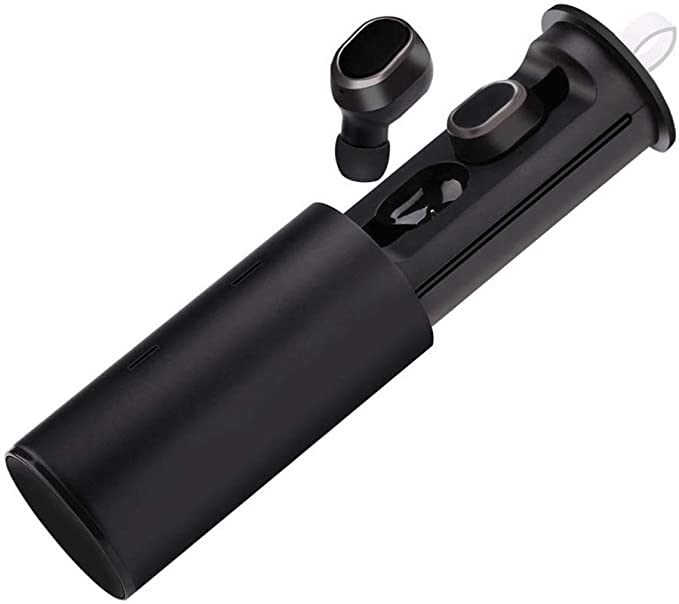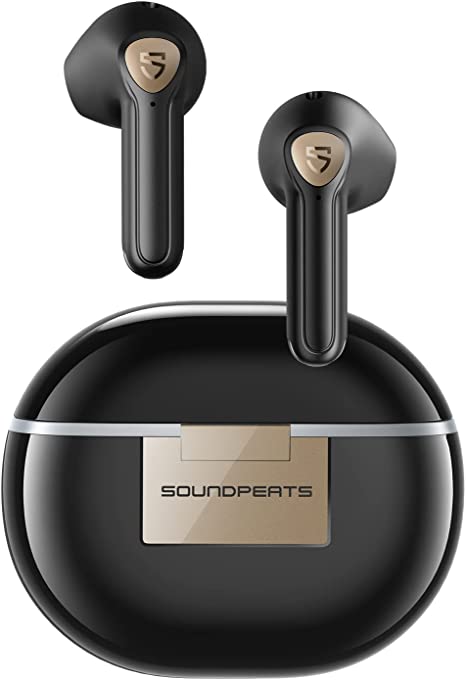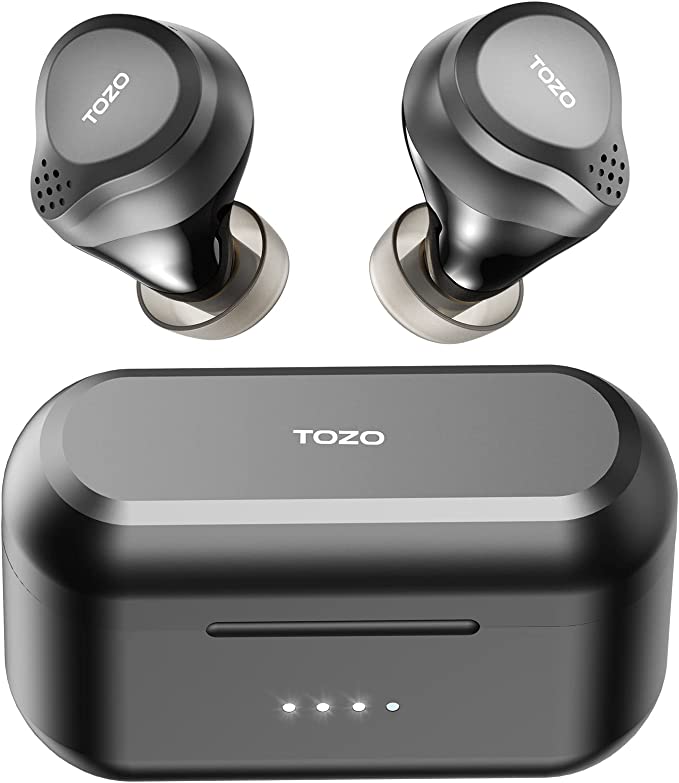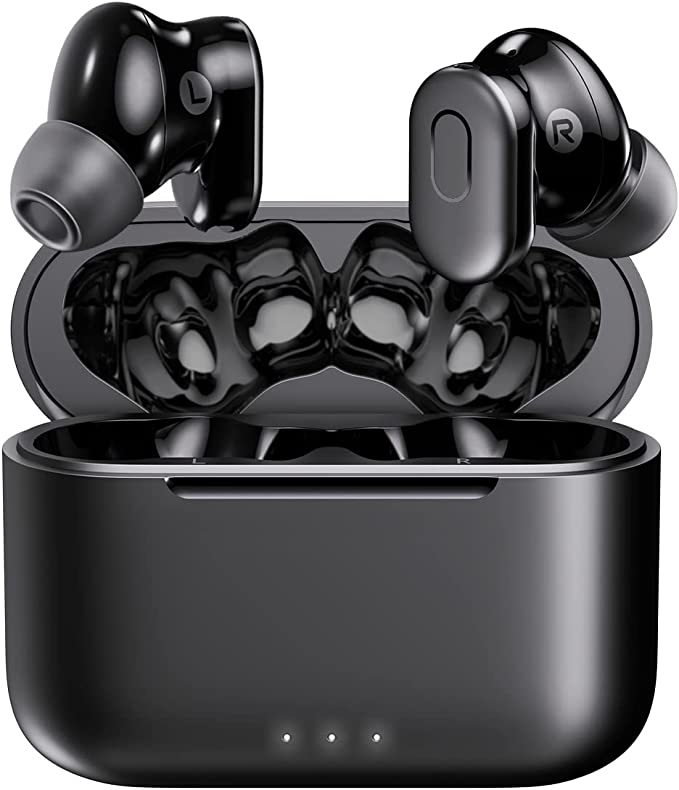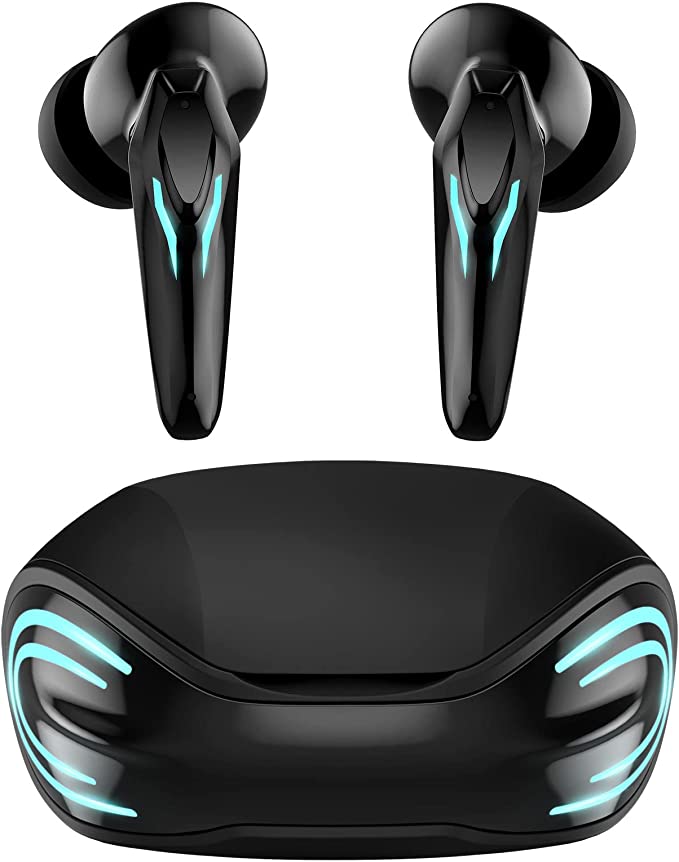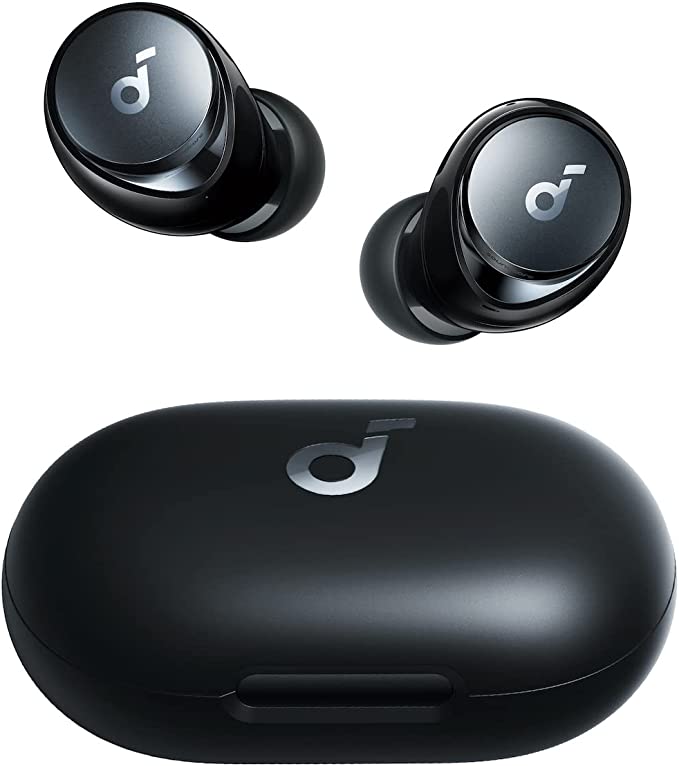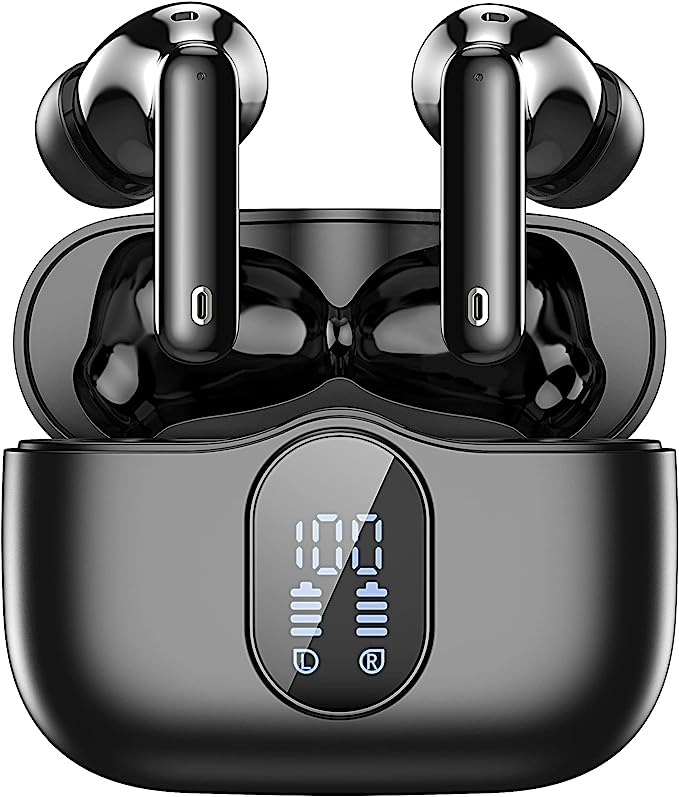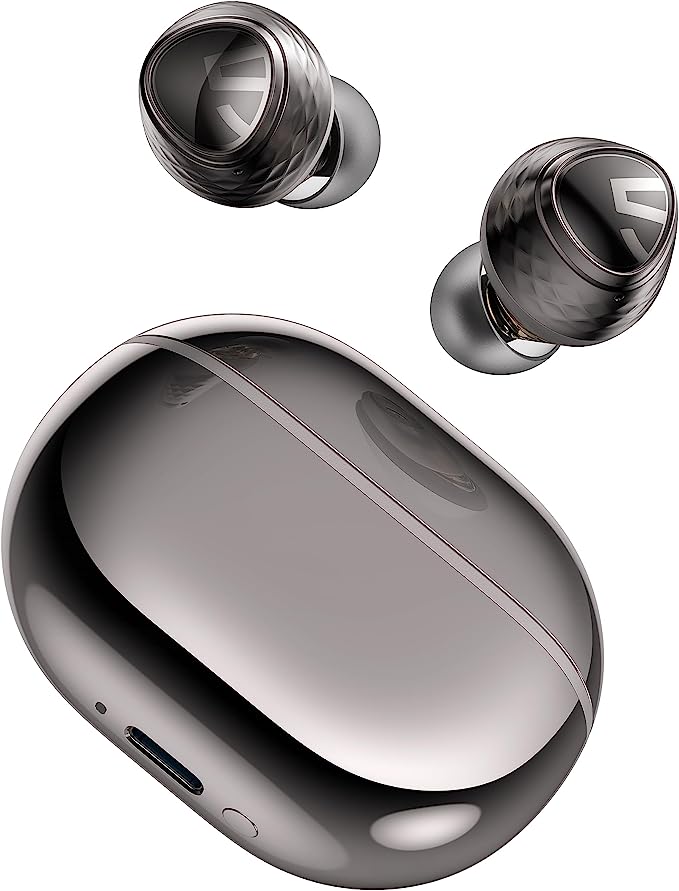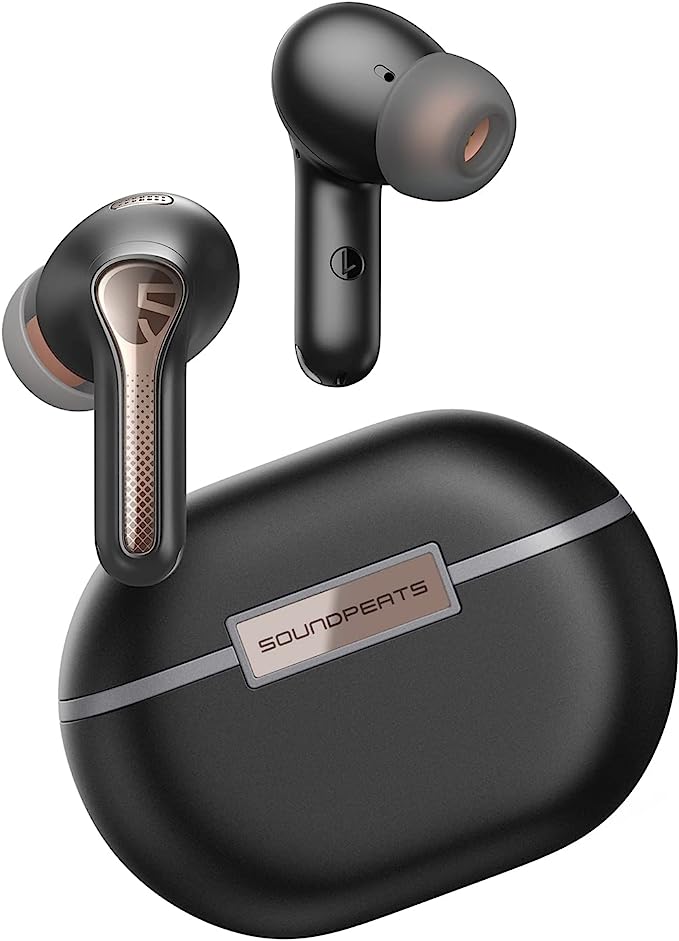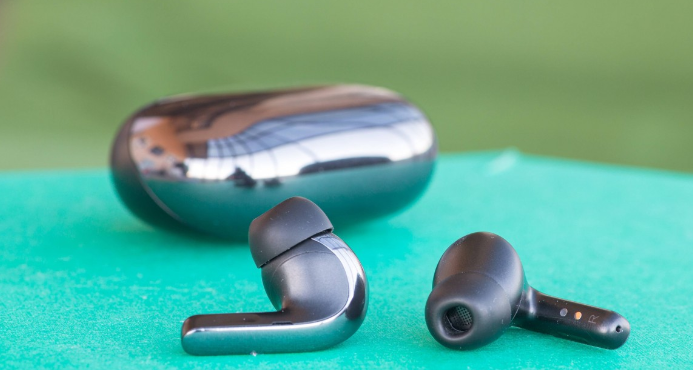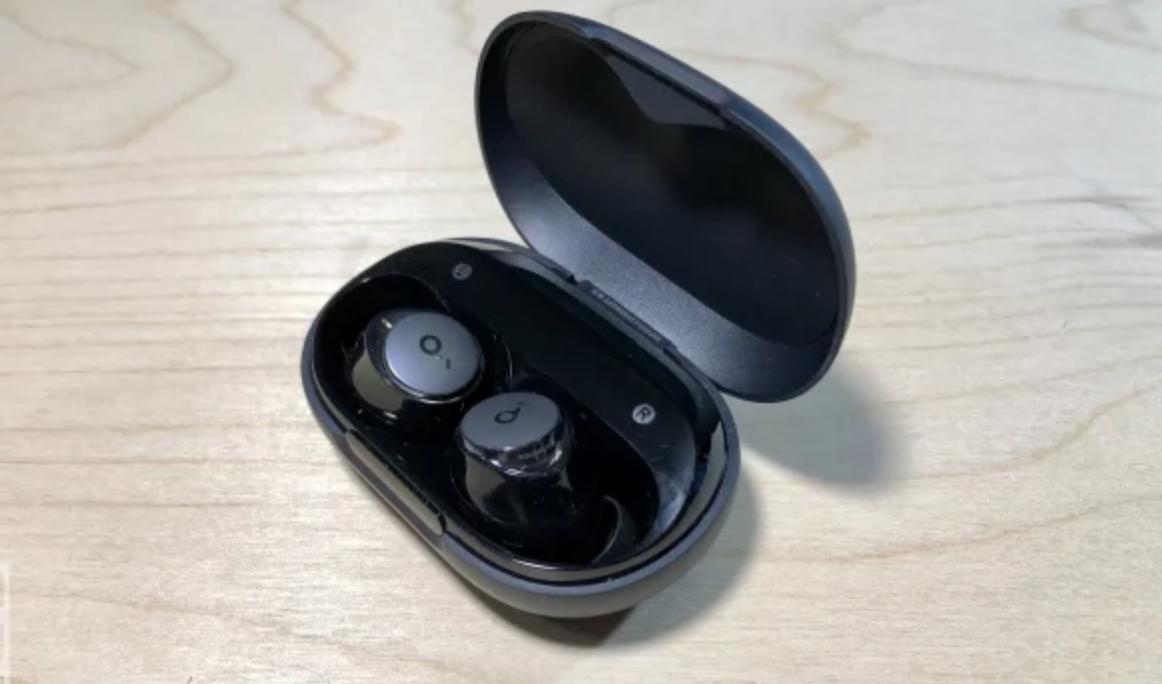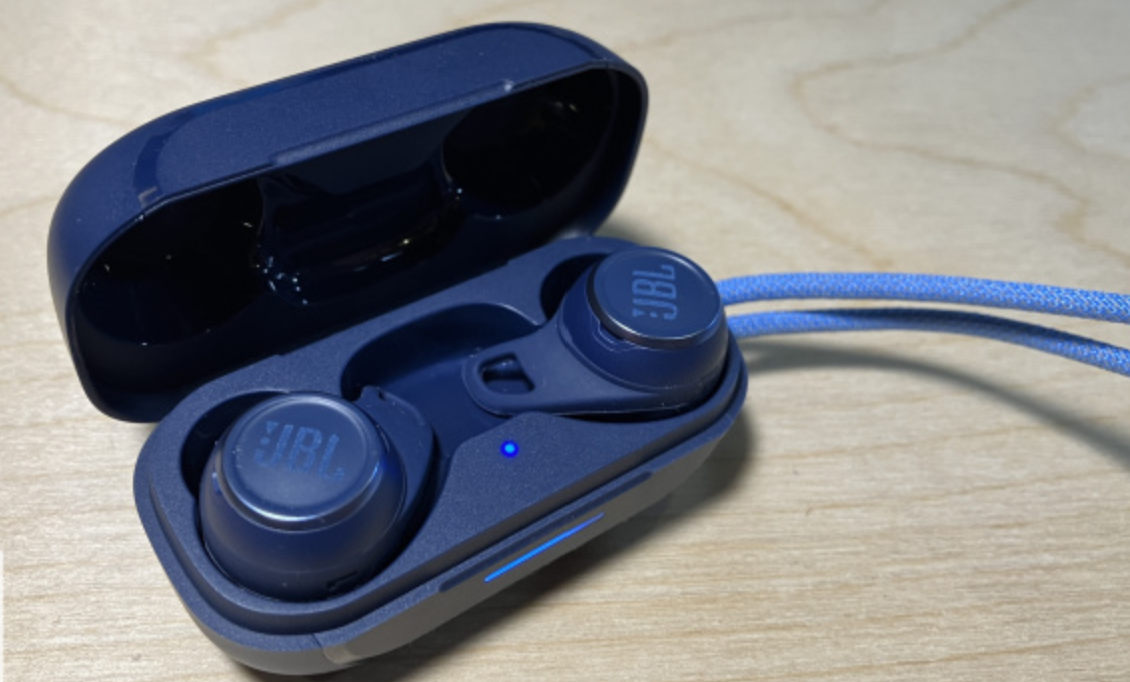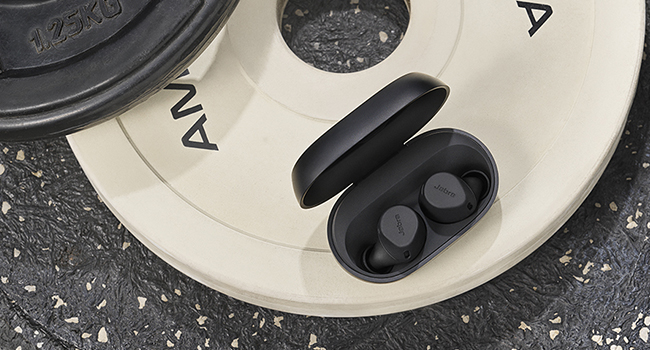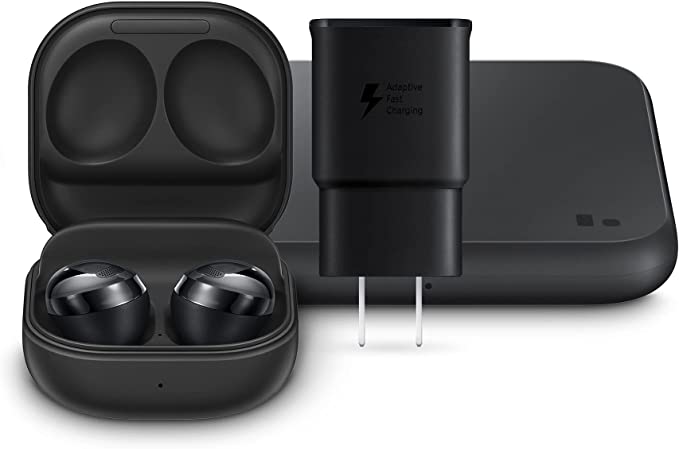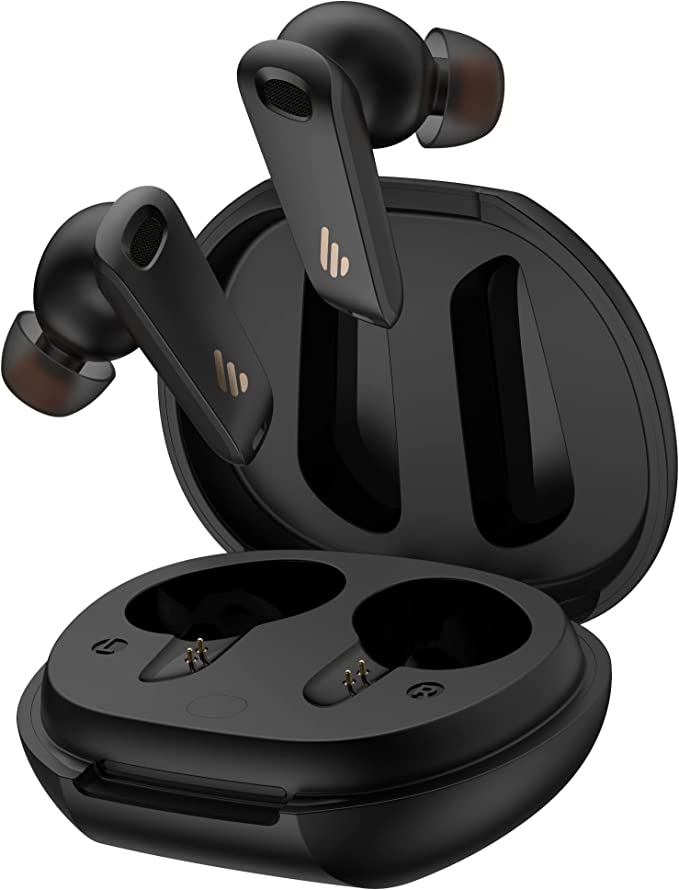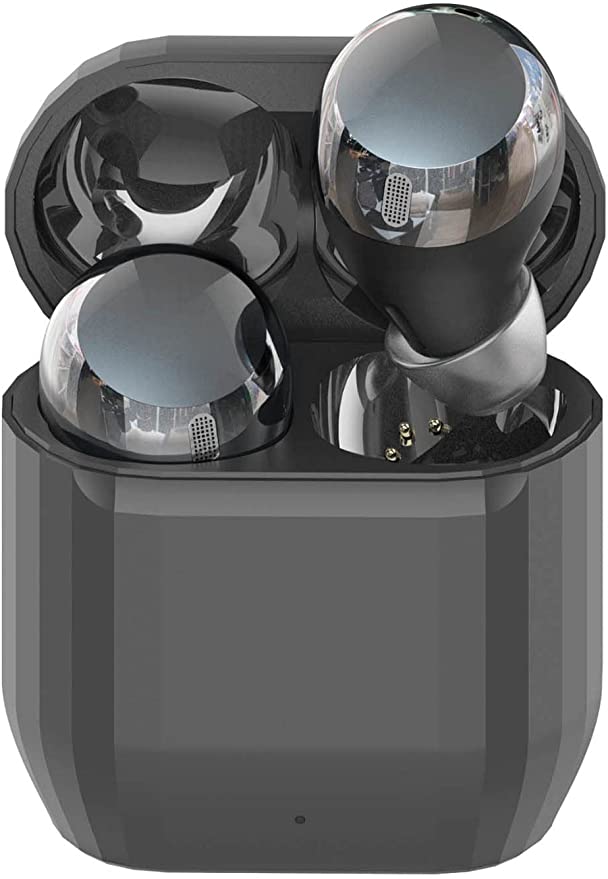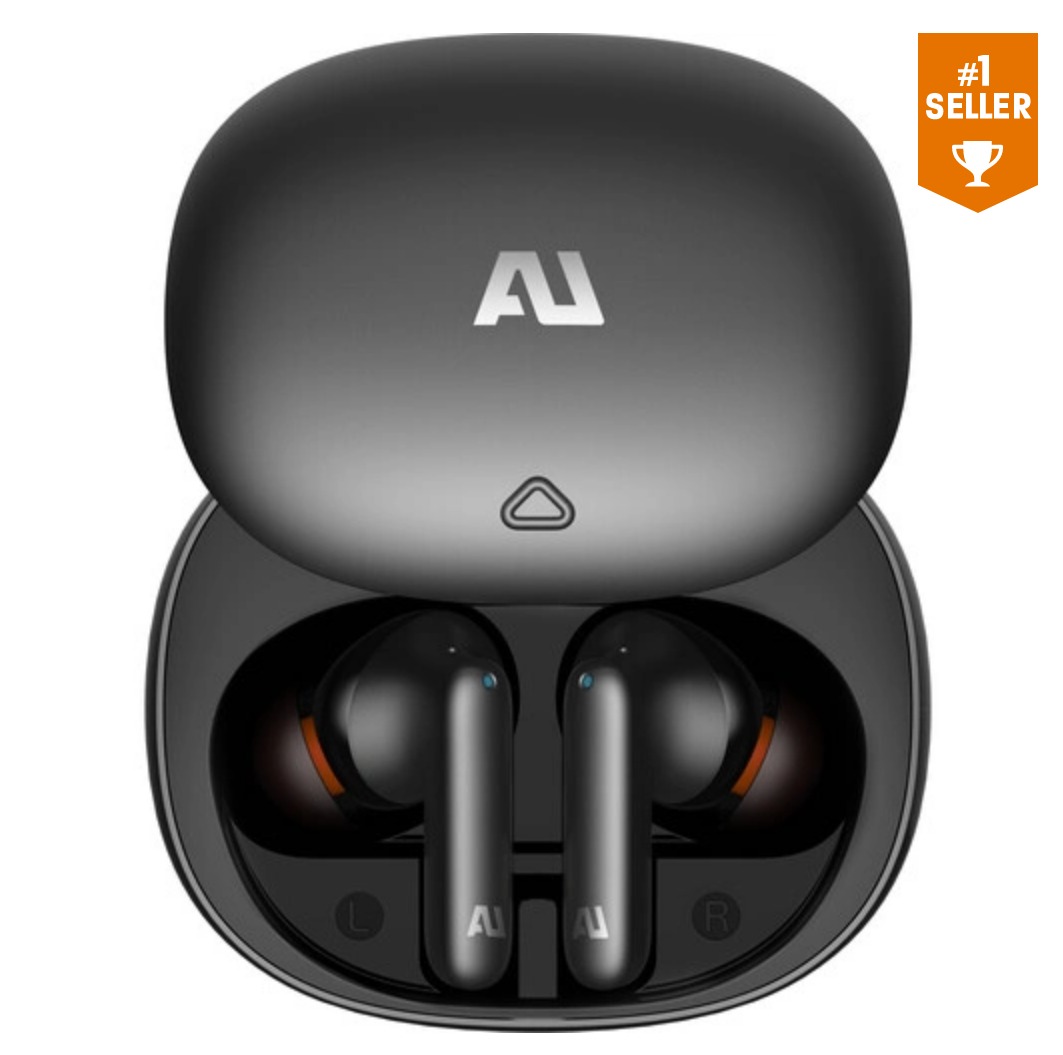HUAWEI FreeBuds 5i Wireless Earbuds: The Science of Hi-Res Sound and Adaptive Noise Cancellation for Immersive Audio
Update on May 15, 2025, 10:09 a.m.
The world we inhabit is a constant symphony, and often, a cacophony. From the delicate whisper of a loved one’s voice to the intricate layers of our favorite music, sound shapes our emotions, our focus, and our memories. Yet, in our bustling modern lives, finding clarity and true immersion in that sound can feel like an elusive quest. We yearn for a personal soundscape, a portal to purity amidst the noise. It’s this very human desire that fuels the relentless innovation in personal audio technology.
Today, we’re not just “reviewing a product.” Instead, let’s consider the HUAWEI FreeBuds 5i Wireless Earbuds as a fascinating case study – a compact vessel carrying surprisingly sophisticated auditory science. My goal, as your guide on this journey, is to unravel the intricate technologies woven into these tiny devices, making the complex clear, and hopefully, quite exciting. So, let’s dim the house lights, open our minds, and explore the science that powers your personal symphony.

Beyond the Familiar Hum: Decoding Hi-Resolution Audio
The Artist’s True Colors: A Glimpse into Sonic Authenticity
Imagine standing in the recording studio as your favorite artist lays down a track. You’d hear the subtle breath before a vocal line, the faintest shimmer of a cymbal, the rich resonance of a cello’s body – details often lost in translation by the time music reaches our ears through conventional means. For decades, we’ve moved from the warm, analog embrace of vinyl to the digital clarity of Compact Discs. CDs, with their 44.1 kHz sampling rate and 16-bit depth, were a leap forward, yet they still involved a degree of compression and data selection from the original studio master tapes, which often boasted far richer information.
This pursuit of sonic authenticity, of hearing music as the artist and producer truly intended, is the heart of the Hi-Resolution Audio movement. Think of it like the difference between a standard definition television and a stunning 4K display. Both show you the picture, but one reveals a breathtaking level of detail, color accuracy, and depth that transforms the viewing experience. In audio, “more” means higher sampling rates (like 96 kHz or even 192 kHz, meaning the original analog sound wave is sampled many more times per second) and greater bit depth (often 24-bit, allowing for a vastly wider dynamic range – the difference between the quietest whisper and the loudest crescendo – and finer gradations of volume). This doesn’t just mean louder; it means more nuance, more texture, more emotion.
The FreeBuds 5i’s Hi-Res Credentials – The LDAC Expressway
The HUAWEI FreeBuds 5i proudly wear the “Hi-Res Audio Wireless” certification, a gold standard from the Japan Audio Society. This isn’t just a sticker; it’s an assurance that these earbuds are engineered to reproduce these richer, denser audio files. But how do they achieve this wirelessly, a domain often fraught with compromise?
A key player here is the LDAC™ codec. Imagine you’re trying to send a masterpiece painting through the mail. A standard Bluetooth codec, like SBC (Low Complexity Subband Codec), is like trying to send it by folding it many times to fit a small envelope – some detail and integrity will inevitably be lost. LDAC, on the other hand, is akin to having a much wider, sturdier tube. It’s a sophisticated audio coding technology that allows for the transmission of high-resolution audio content, even over a Bluetooth connection, at transfer rates up to 990 kbps. This is significantly higher than SBC (typically around 328 kbps) or even AAC (Apple’s preferred codec, around 256 kbps). This “multi-lane expressway” for audio data means far less compression is needed, preserving more of the original information. When paired with an LDAC-compatible source (many modern Android smartphones support this), the FreeBuds 5i can truly sing.
Of course, the codec is only part of the story. The earbuds themselves need the hardware to translate these rich digital signals into the analog sound waves that caress your eardrums. Here, the FreeBuds 5i employ 10mm dynamic drivers. In the tiny world of an earbud, a 10mm driver is a relatively generous size. Think of it as the woofer in a larger speaker system, responsible for moving air to create sound. A larger diaphragm (the vibrating surface of the driver) can generally move more air, leading to a fuller bass response and a greater sense of scale. The diaphragm in the FreeBuds 5i is crafted from a high-sensitivity polymer composite material. The choice of material is crucial: it needs to be light enough to respond quickly to the complex vibrations of a Hi-Res signal, yet rigid enough to avoid distortion, and well-damped enough to prevent unwanted resonances. This careful engineering ensures that the intricate details delivered by the LDAC codec are faithfully reproduced, across a wide frequency range that typically extends up to 40 kHz for Hi-Res certified headphones (well beyond the commonly cited 20 kHz upper limit of human hearing, but proponents argue these higher frequencies can contribute to the overall perceived realism and spaciousness of the sound).
The Payoff: Rediscovering Your Sonic Universe
What does all this science mean for you, the listener? It means the potential to rediscover your music collection. You might hear the subtle rasp in a singer’s voice you’d never noticed, the distinct pluck of individual strings in a guitar chord that previously sounded like a single entity, or the way a reverb tail decays into a concert hall’s natural ambiance. It’s about moving beyond just hearing a song to truly experiencing it, with a depth and clarity that can be incredibly engaging.

Crafting Your Personal Sound Bubble: The Magic of Adaptive Noise Cancellation
The Tyranny of Noise: An Unseen Drain on Our Senses
Our modern world is undeniably noisy. The rumble of city traffic, the drone of airplane engines, the ceaseless chatter of an open-plan office – this constant barrage of unwanted sound isn’t just annoying; it can be a significant drain on our cognitive resources, impacting our ability to focus, relax, and even enjoy the sounds we do want to hear. For decades, the primary solution was passive noise isolation – essentially, blocking out sound with physical barriers like thick earcups or well-fitting earplugs. But a more sophisticated solution exists: Active Noise Cancellation.
The Science of Silence – An Elegant Duel of Waves
Active Noise Cancellation (ANC) is a beautiful example of applied physics. It doesn’t try to muffle sound with brute force; instead, it intelligently creates “anti-sound.” Imagine dropping a pebble into a calm pond, creating ripples. Now, imagine you could create another set of perfectly opposing ripples that, when they meet the first set, flatten the water surface back to stillness. That, in essence, is ANC.
Here’s how the HUAWEI FreeBuds 5i achieve this electronic wizardry:
Each earbud is equipped with multiple microphones. A feed-forward microphone, positioned on the outside of the earbud, listens to the ambient noise around you before it reaches your ear. This signal is then fed to an internal processing chip. Simultaneously, a feed-backward microphone, located inside the ear canal, listens for any noise that might have slipped past the initial cancellation effect or is generated by the earbud itself. This dual-microphone system, often referred to as hybrid ANC, provides a more comprehensive picture of the unwanted sound.
The processor then performs an incredibly rapid analysis of these incoming noise signals and generates a new sound wave that is precisely 180 degrees out of phase with the unwanted noise. This “anti-noise” wave is then played through the earbud’s driver. When the original noise wave and this newly created anti-noise wave collide, they effectively cancel each other out through a phenomenon called destructive interference. The result? A significant reduction in what you perceive, with the FreeBuds 5i reportedly achieving a noise cancellation depth of up to 42 decibels (dB). To put that in perspective, a 40dB reduction can make the roar of a jet engine during flight diminish to a much more manageable hum.
Your World, Your Quiet – The Symphony of Silence Modes
Recognizing that not all noise is created equal, and neither are our needs for quiet, the FreeBuds 5i offer multi-mode ANC. This isn’t just a gimmick; it’s about providing tailored noise cancellation for different environments:
- Ultra Mode: This is your full-strength shield, designed for maximum noise reduction in intensely loud environments. Think of it taming the deep, low-frequency rumble of an airplane cabin, a train, or a busy subway, allowing you to arrive at your destination feeling less sonically battered.
- General Mode: Your everyday companion for moderately noisy situations. It’s perfect for reducing the general hubbub of a bustling café, the chatter of an open office, or the sounds of street traffic, helping you focus or simply enjoy your audio in peace.
- Cozy Mode: For those times when you need just a touch of quiet. This mode is ideal for less intrusive, but still distracting, background noises in already relatively quiet environments – perhaps the hum of an air conditioner in a library, the gentle clatter of keyboards in a shared workspace, or faint household noises. It smooths the edges of these sounds without creating an overly isolating sensation.
Beyond immersing you in your music or podcasts, effective ANC, particularly when combined with AI-driven noise reduction algorithms during calls (as is common in such earbuds), also dramatically improves voice clarity. These systems are trained to distinguish the human voice from surrounding noise, ensuring that your voice is transmitted clearly to the person on the other end, even if you’re in a less-than-ideal acoustic environment.
The Result: From Cacophony to Calm, On Your Terms
The magic of adaptive ANC, as implemented in the FreeBuds 5i, is its ability to give you control over your auditory environment. It’s about transforming potentially stressful or distracting sonic landscapes into personal havens of calm, focus, or pure, unadulterated listening pleasure.

The Unseen Endurance: Powering Your Day-Long Audio Escape
The Wireless Dream vs. Battery Anxiety
The dream of truly wireless audio – unencumbered by snagging cables – has been a long time coming. Early Bluetooth devices, however, often came with a significant trade-off: limited battery life. This “battery anxiety,” the fear of your audio cutting out mid-song or mid-call, was a real barrier for many. Thankfully, battery technology and power management in modern wireless earbuds have made remarkable strides.
Marathon Listening, Sprint Charging – The FreeBuds 5i’s Stamina
When you look at the HUAWEI FreeBuds 5i, it’s clear that all-day listening was a design priority. While the initial Amazon product page mentions a somewhat ambiguous “4 Hours Battery Life,” more comprehensive specifications (typically from official sources or detailed reviews) paint a much more robust picture. You can generally expect around 6 hours of playback with Active Noise Cancellation enabled, and that stretches to an impressive 7.5 hours with ANC turned off, all on a single charge of the earbuds themselves.
But the story doesn’t end there. The pocket-sized charging case isn’t just for storage; it’s a portable power bank. With the case, the total playback time can extend up to 28 hours (with ANC off). This means for many users, a single charge of the case could last several days, or even a week, depending on daily usage.
For those moments when you’re short on time and power, fast charging comes to the rescue. A quick 15-minute stint in the charging case can provide the earbuds with approximately 4 hours of playback – enough to get you through a workout, a long meeting, or a good portion of your commute. A full charge for the earbuds from the case takes about 60 minutes. This combination of long individual playback, substantial case reserves, and rapid top-up capability significantly alleviates battery anxiety and makes the FreeBuds 5i reliable companions for extended use.
More Than Just Milliamp Hours: The Science of Longevity
Achieving this kind of battery performance isn’t just about cramming a bigger lithium-ion cell into a tiny space (though efficient battery chemistry is crucial). It’s a holistic approach involving several factors:
- Efficient Chipsets: The System-on-a-Chip (SoC) that powers the earbuds, handling Bluetooth communication, audio processing, and ANC, is designed for low power consumption.
- Bluetooth 5.2: Newer Bluetooth standards like 5.2 are inherently more power-efficient than their predecessors, optimizing data transmission and idle states.
- Intelligent Power Management: The earbuds and case often employ smart algorithms to minimize power draw when not in active use or when one earbud is removed.
It’s this careful orchestration of hardware and software that allows compact devices like the FreeBuds 5i to deliver the kind of endurance that truly supports the “all-day audio escape.”
The Invisible Handshake: Seamless Connectivity in a Wireless World
Cutting the Cord – The Bluetooth Revolution
The journey from wired headphones to truly wireless earbuds is a testament to the marvel of Bluetooth technology. What began as a short-range cable replacement technology primarily for mobile phones has evolved into a robust and versatile standard capable of delivering high-quality stereo audio, managing multiple device connections, and enabling a host of smart features. This “invisible handshake” between your earbuds and your source devices is fundamental to the wireless experience.
Bluetooth 5.2 in the FreeBuds 5i – The Silent Facilitator
The HUAWEI FreeBuds 5i incorporate Bluetooth 5.2. This isn’t just an arbitrary version number; it brings tangible benefits. Compared to older iterations, Bluetooth 5.2 offers improvements in connection stability, meaning fewer dropouts or stutters in your audio, even in environments with a lot of wireless interference. It also enhances energy efficiency, contributing to the longer battery life we discussed earlier, and provides the necessary bandwidth and low-latency capabilities that are essential for features like the high-bitrate LDAC codec and responsive audio for gaming or video.
One particularly convenient feature often enabled by modern Bluetooth chipsets, and a highlight for many users, is dual-device connection (sometimes called multipoint pairing). Imagine you’re engrossed in a podcast playing from your tablet, and your smartphone, also connected to the FreeBuds 5i, rings. With dual-device connection, the earbuds can intelligently switch the audio source to your phone, allowing you to take the call. Once the call ends, they can seamlessly switch back to your tablet’s audio. This removes the frustrating ritual of manually disconnecting from one device and reconnecting to another, making for a much smoother and more integrated user experience across your digital life.
The Goal: Audio That Just Works, Invisibly and Reliably
Ultimately, the goal of advanced connectivity in devices like the FreeBuds 5i is to make the technology fade into the background. The connection should be so stable, the switching so intuitive, and the pairing so effortless that you rarely have to think about it. It’s about ensuring your audio is there when you want it, where you want it, without fuss – a silent, reliable facilitator of your sound.
Engineered for Your Ears: Where Comfort, Control, and Resilience Converge
The Intimate Interface – The In-Ear Design
Earbuds are one of the most personal pieces of technology we use, living, as they do, directly in our ears for potentially hours at a time. Their design, therefore, is a delicate balance of acoustics, ergonomics, and aesthetics.
The in-ear form factor of the HUAWEI FreeBuds 5i is designed for a snug, secure fit. This is crucial for several reasons. Firstly, a good seal provides passive noise isolation, forming a physical barrier that helps to block out some external sound even before Active Noise Cancellation kicks in. This improves the overall effectiveness of the ANC and can also mean you don’t need to turn the volume up as high in noisy environments. Secondly, a secure fit ensures the earbuds stay in place during movement, whether you’re commuting, walking, or engaging in light exercise.
Ergonomics 101 plays a huge role here. The shape of the earbuds is typically contoured to match the natural curves of the human ear. The inclusion of multiple sizes of silicone ear cushions (as listed in the Amazon source: “User Manual, Ear Cushions, Wireless Charging Case, Charging Station” – with “Charging Station” most likely referring to the charging cable or the case itself acting as the station) is vital. Finding the right sized tip is like finding the perfect shoe size: it dramatically impacts comfort and performance. Too small, and you lose the seal and bass response; too large, and they can cause discomfort over time. The lightweight design of modern earbuds, including the FreeBuds 5i, also contributes significantly to long-wear comfort – every gram saved means less pressure and fatigue.
Ready for Real Life – The IP54 Seal of Approval
Life happens. You might get caught in a sudden rain shower on your run, or work up a sweat at the gym. This is where durability features like an IP (Ingress Protection) rating become important. The HUAWEI FreeBuds 5i boast an IP54 rating. Let’s quickly demystify that:
- The first digit, ‘5’, refers to protection against solid particles. A ‘5’ indicates that the earbuds are dust-protected, meaning that while some dust ingress isn’t entirely prevented, it won’t enter in sufficient quantity to interfere with the satisfactory operation of the device.
- The second digit, ‘4’, refers to protection against liquids. A ‘4’ signifies that the earbuds are protected against water splashes from any direction.
So, an IP54 rating means your FreeBuds 5i are well-equipped to handle sweat during workouts and light rain, adding a welcome layer of resilience for everyday use. It’s like a light, all-weather jacket for your delicate audio tech.
Control at Your Fingertips – The Simplicity of Touch
To complete the seamless experience, intuitive control is key. The FreeBuds 5i feature touch-sensitive controls on the earbuds themselves. These typically rely on capacitive sensors that detect the light tap or swipe of your finger, allowing you to play/pause music, skip tracks, answer/end calls, and cycle through noise cancellation modes without needing to constantly reach for your phone. Often, these touch gestures can be customized through a companion app, such as the Huawei AI Life app, allowing you to tailor the controls to your personal preferences. This app can also be the command center for firmware updates, detailed ANC mode selection, and sometimes even an equalizer to fine-tune the sound signature.
This combination of ergonomic comfort, practical resilience, and intuitive control ensures that the sophisticated audio technology within the FreeBuds 5i is not just powerful, but also a pleasure to use in the varied tapestry of daily life.

Coda: The Democratization of Immersive Sound
Our journey through the auditory science packed into the HUAWEI FreeBuds 5i reveals a compelling narrative: technologies that were once the exclusive domain of audiophile setups or specialized professional gear are steadily making their way into compact, accessible personal audio devices. From the pursuit of studio-quality sound with Hi-Res Audio and LDAC, to the engineered tranquility of adaptive Active Noise Cancellation, the extended endurance of intelligent battery management, the invisible reliability of Bluetooth 5.2, and the thoughtful ergonomics of their design – each element plays a crucial role.
What’s truly remarkable is how these complex systems converge in a device like the FreeBuds 5i, which, as noted in the provided Amazon information, were available for $118.00 at the time of that listing. This accessibility is a powerful trend, democratizing high-quality listening experiences and allowing more people than ever to curate their personal soundscapes with unprecedented control and fidelity.
The evolution of audio technology is a continuous symphony of innovation. As listeners, the more we understand the intricate science and thoughtful engineering that make these modern marvels possible, the more deeply we can appreciate the simple joy of a perfectly rendered song, a clearly heard voice, or a precious moment of undisturbed quiet. So, the next time you pop in your earbuds, take a moment to marvel at the symphony in your pocket – a testament to human ingenuity and our unending quest for perfect sound.
